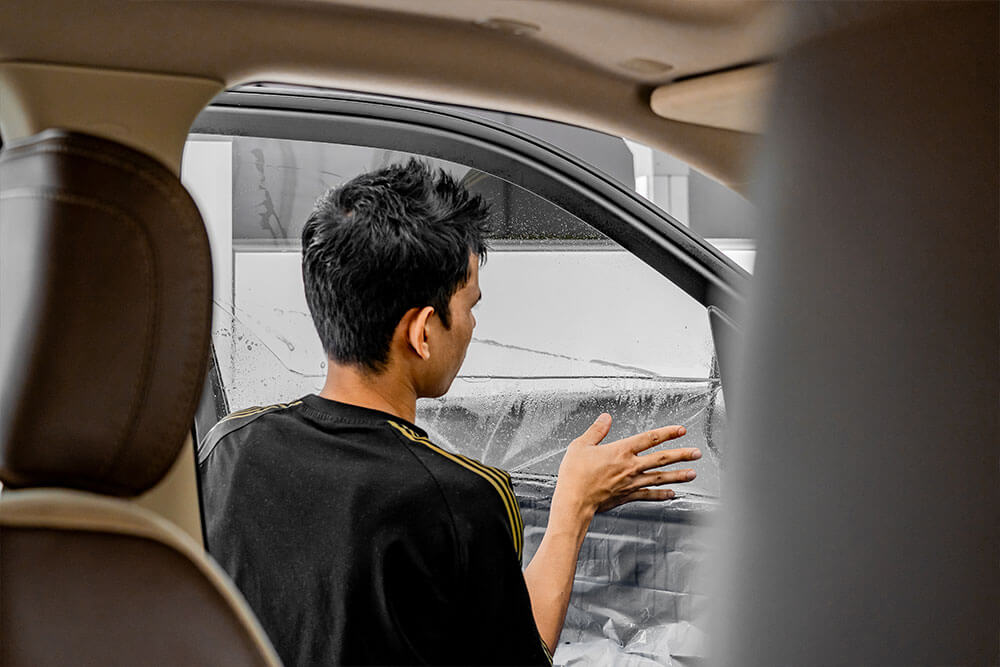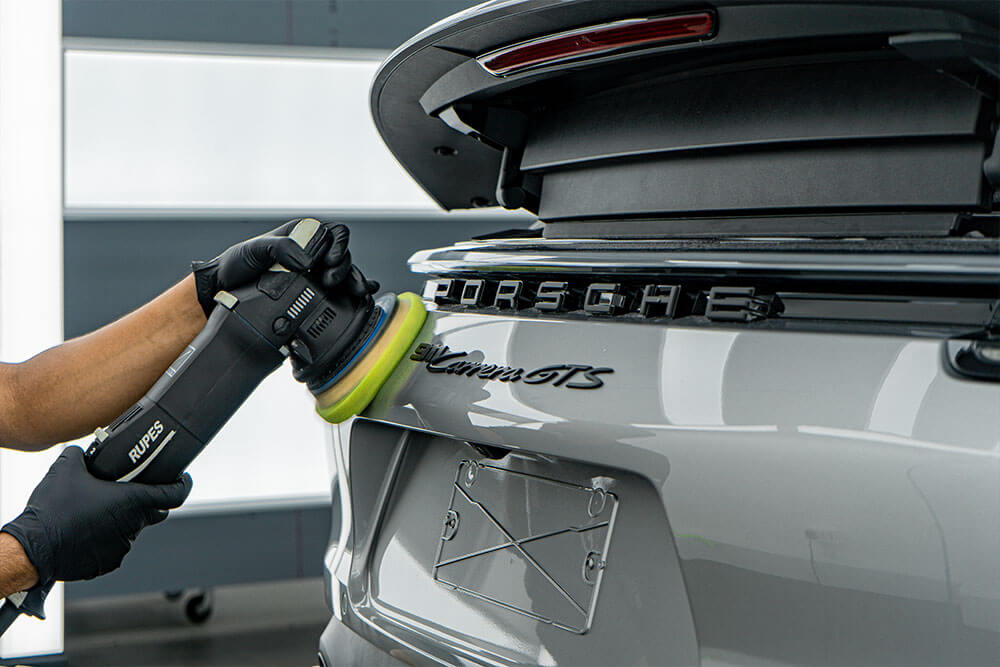
PPF vs. Ceramic Coating: Which Takes Longer to Apply?
When it comes to protecting your vehicle’s paint, Paint Protection Film (PPF) and ceramic coating are two of the most popular options available. Both offer exceptional protection against scratches, road debris, bird droppings, and the elements, but they differ significantly in terms of application time and process. If you’re trying to decide which one is right for your vehicle, understanding how long each takes to apply is an important factor to consider. At RMA PPF, we use Profilm PPF, a high-quality solution that provides long-lasting protection for your vehicle. In this blog, we’ll compare the time required to apply PPF and ceramic coating, helping you make an informed decision.
Understanding PPF and Ceramic Coating
Before delving into the application time, it’s important to understand what PPF and ceramic coating are and how they differ.
PPF, or Paint Protection Film, is a transparent, durable film that is applied to the painted surfaces of your vehicle. It acts as a physical barrier that protects the paint from rock chips, scratches, swirl marks, and other environmental contaminants. Profilm PPF, the brand RMA PPF exclusively uses, is known for its self-healing properties, meaning minor scratches will disappear when exposed to heat, ensuring your vehicle’s appearance remains pristine for a long time.
On the other hand, ceramic coating is a liquid polymer applied to the surface of the vehicle. It chemically bonds with the paint, forming a protective layer that repels water, dirt, and other contaminants. While ceramic coatings offer excellent protection against UV rays, oxidation, and water spots, they don’t provide the same level of physical protection as PPF.
PPF Application: A Detailed Process
Applying PPF is a precise and labor-intensive process. It typically takes longer than ceramic coating because it involves more steps. The process begins with thoroughly cleaning the vehicle to ensure there are no dirt particles or contaminants on the surface. Any imperfections in the paint, such as swirl marks or scratches, are often addressed before the PPF is applied.
Next, the film itself needs to be carefully cut and custom-fitted to each panel of the vehicle. This requires an eye for detail, especially for cars with complex shapes and contours. Each piece of film is applied by hand, and air bubbles need to be carefully smoothed out to ensure a perfect bond. Profilm PPF is highly flexible and can be molded to fit curves and intricate details, but this still requires a significant amount of time.
Typically, PPF installation takes between 1 to 3 days, depending on the size of the vehicle and the complexity of the design. Larger vehicles like SUVs and trucks may take longer, while smaller sedans might be done in a shorter amount of time.
Ceramic Coating Application: A Quicker Process
Ceramic coating application is generally faster than PPF installation, but it still requires careful preparation and attention. The vehicle must be thoroughly cleaned, and any imperfections in the paint are corrected before the coating is applied. Unlike PPF, ceramic coatings do not require cutting or fitting individual panels. Instead, the coating is applied as a liquid over the entire surface of the vehicle.
The application itself is relatively straightforward. After the vehicle is prepared, the ceramic coating is applied in small sections, typically one panel at a time. Once applied, the coating needs time to cure and bond with the paint, which can take several hours. After curing, the vehicle may require a final buffing to ensure an even and glossy finish.
On average, the application of ceramic coating takes between 4 to 6 hours, depending on the size of the vehicle and the number of layers applied. Unlike PPF, which is a more involved process, ceramic coating can usually be completed in a single day.
Which Takes Longer: PPF or Ceramic Coating?
In terms of application time, PPF generally takes longer than ceramic coating. PPF installation is a more intricate process that involves custom cutting and careful application to ensure full coverage. Additionally, the film needs time to cure properly, especially in more complex areas of the vehicle. Ceramic coatings, on the other hand, are quicker to apply but don’t offer the same level of physical protection that PPF does.
Both options offer great benefits, but if you’re looking for the ultimate protection against physical damage like chips and scratches, PPF is the better choice. Profilm PPF, which RMA PPF exclusively uses, provides an advanced layer of defense against everyday wear and tear while maintaining the vehicle’s aesthetic appeal.
Why Choose Profilm PPF?
At RMA PPF, we use only Profilm PPF, which offers excellent clarity, durability, and self-healing properties. This high-quality film provides superior protection for your car’s paint, ensuring that it stays looking fresh and new for years. Profilm PPF also maintains the car’s glossy finish, making it a perfect choice for those who want to protect their vehicle without compromising its appearance.
Conclusion
While ceramic coatings may be quicker to apply, PPF installation takes more time due to the level of detail and precision required. If you’re looking for the best protection for your vehicle, Profilm PPF offers a higher level of defense against physical damage and environmental factors. At RMA PPF, we are dedicated to providing top-tier PPF services to ensure your vehicle stays in pristine condition.
For more information on Profilm PPF and to schedule your installation, visit RMA PPF today. Let us help you protect your vehicle with the best in PPF technology.


